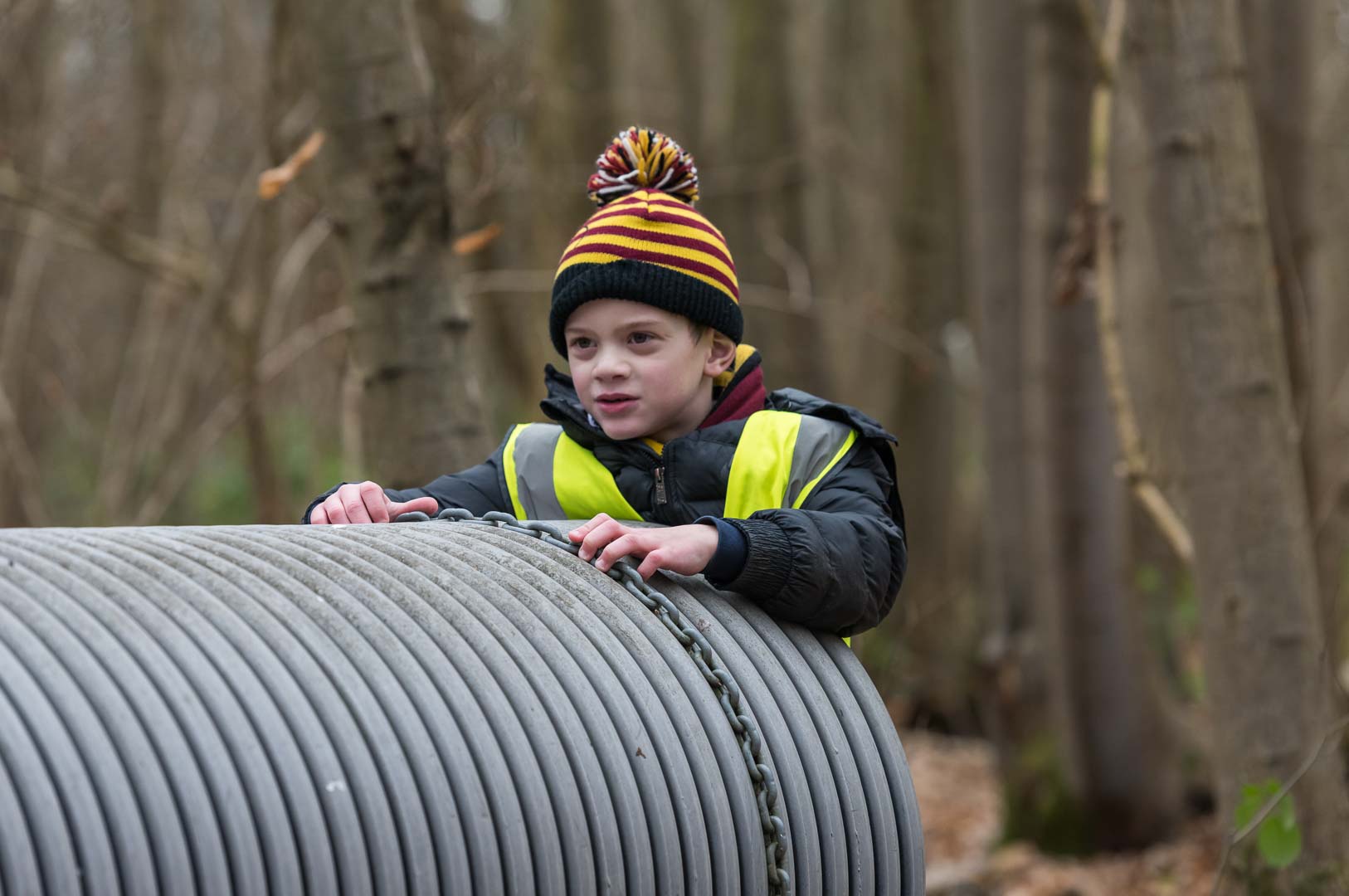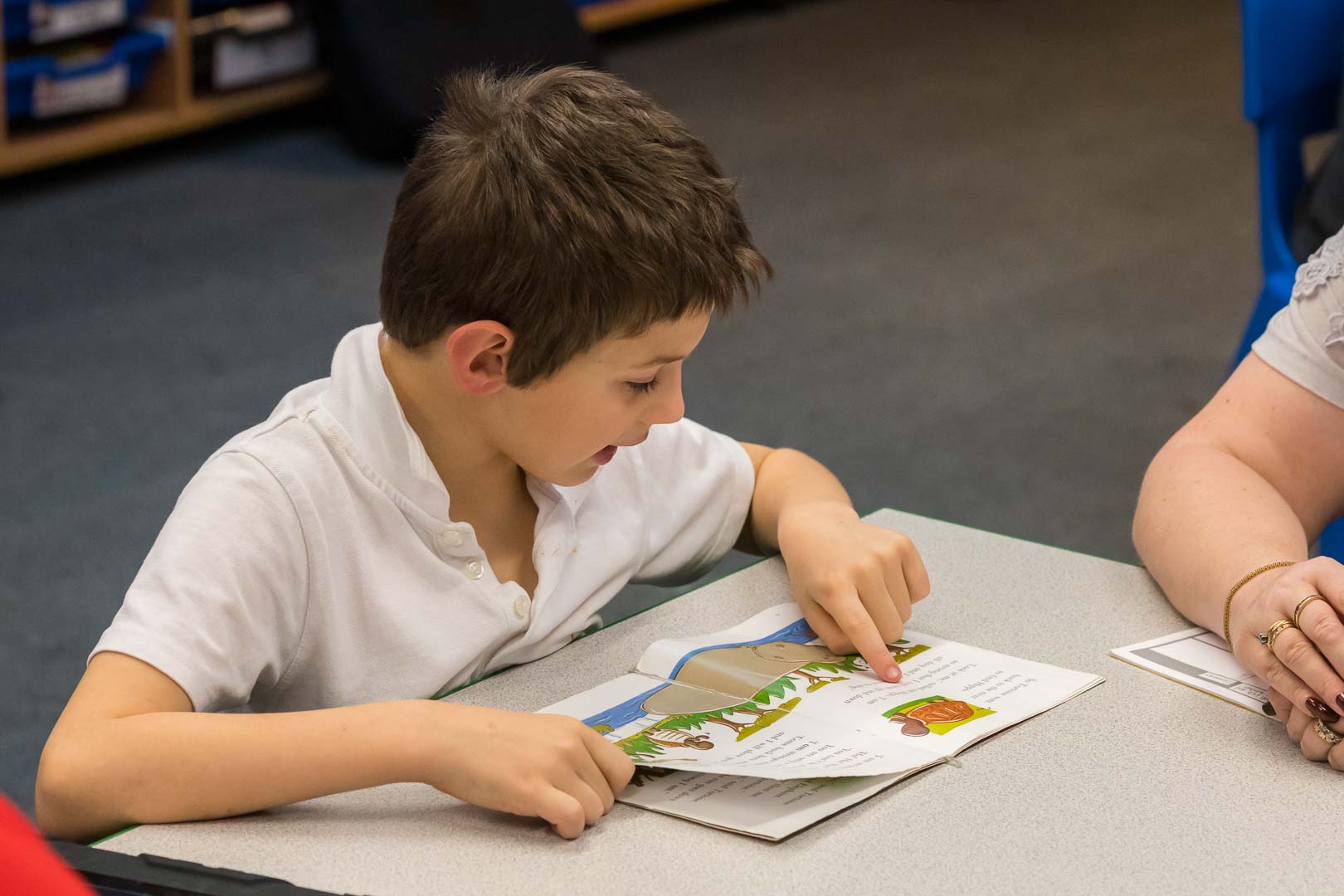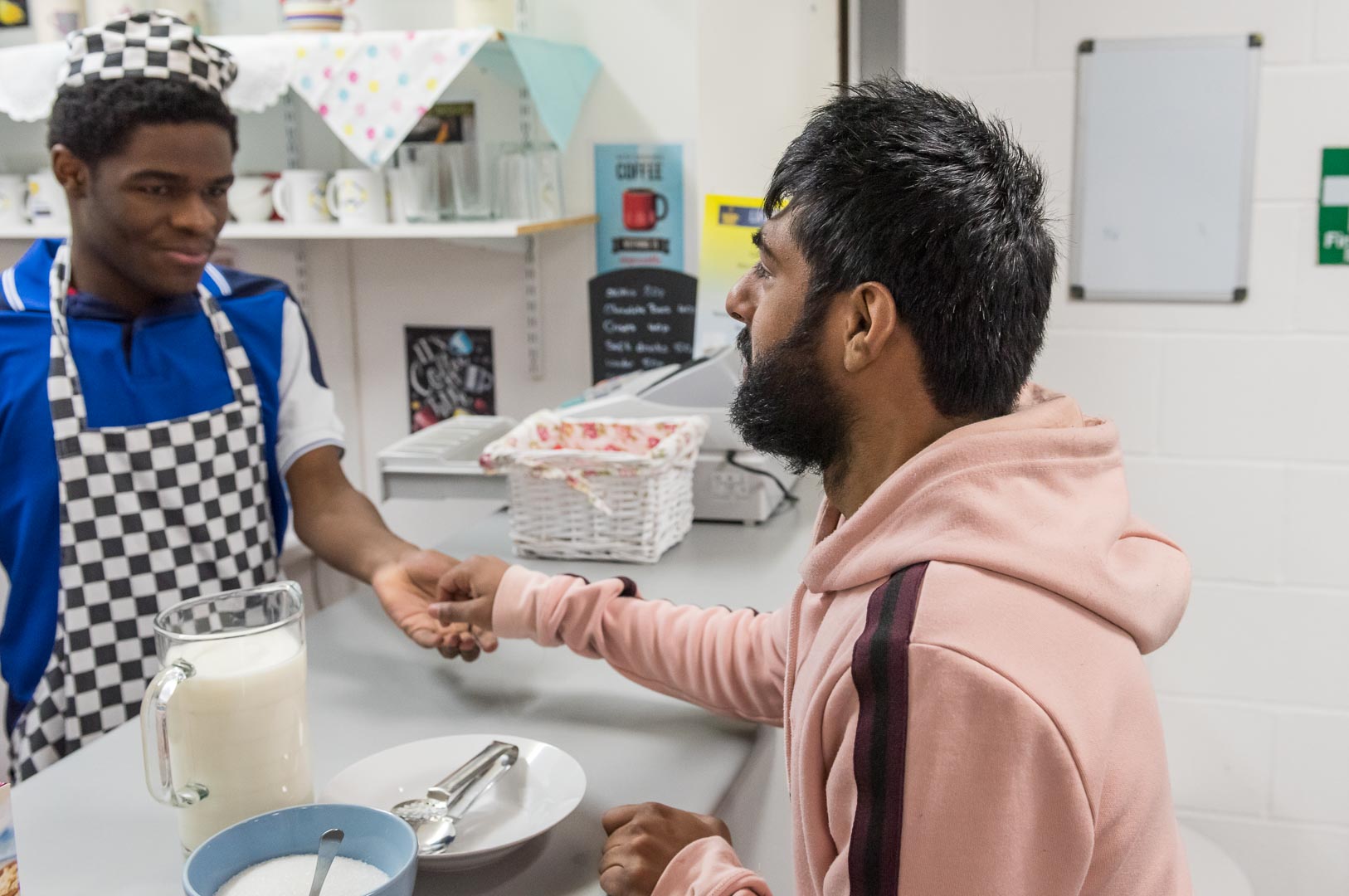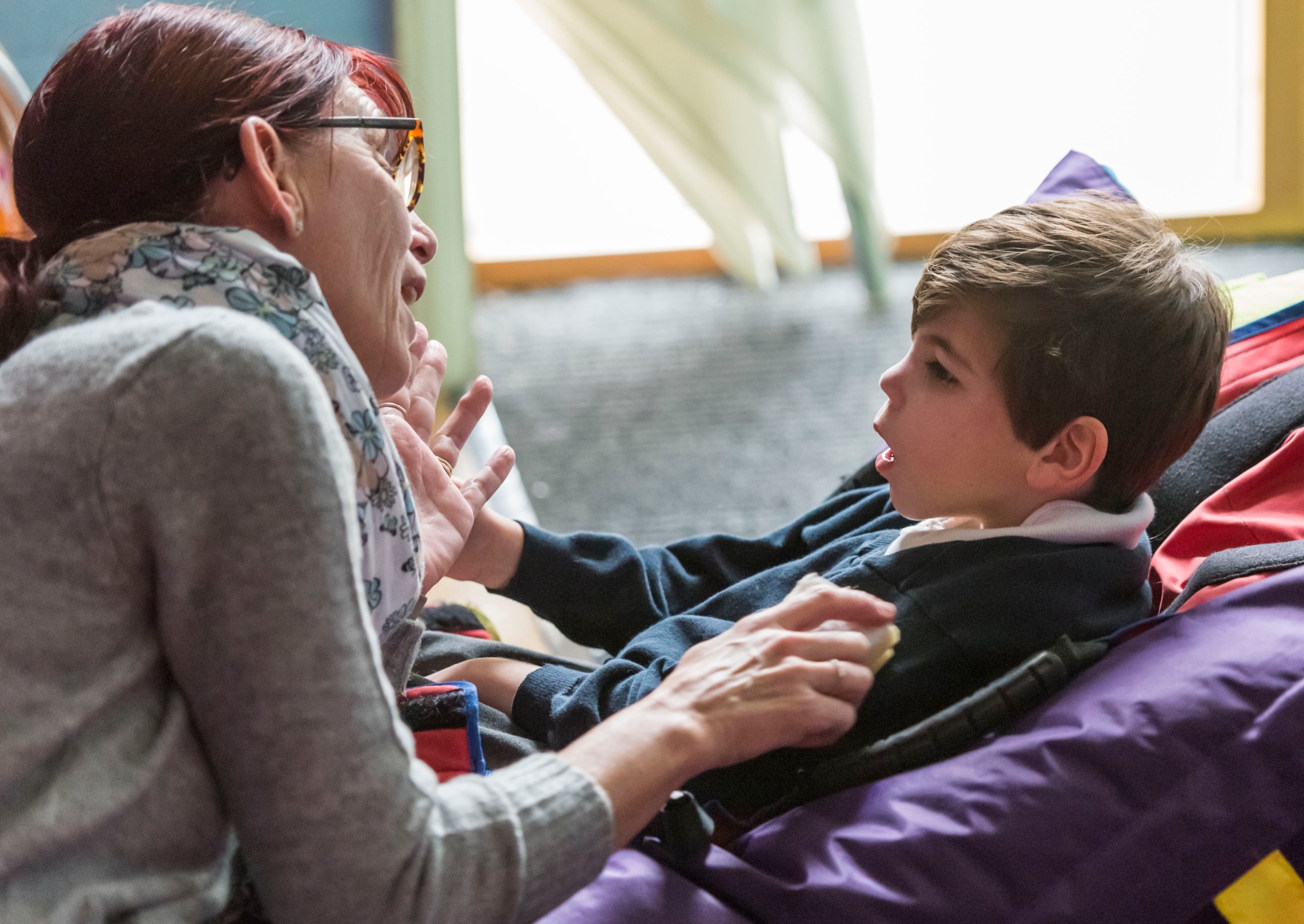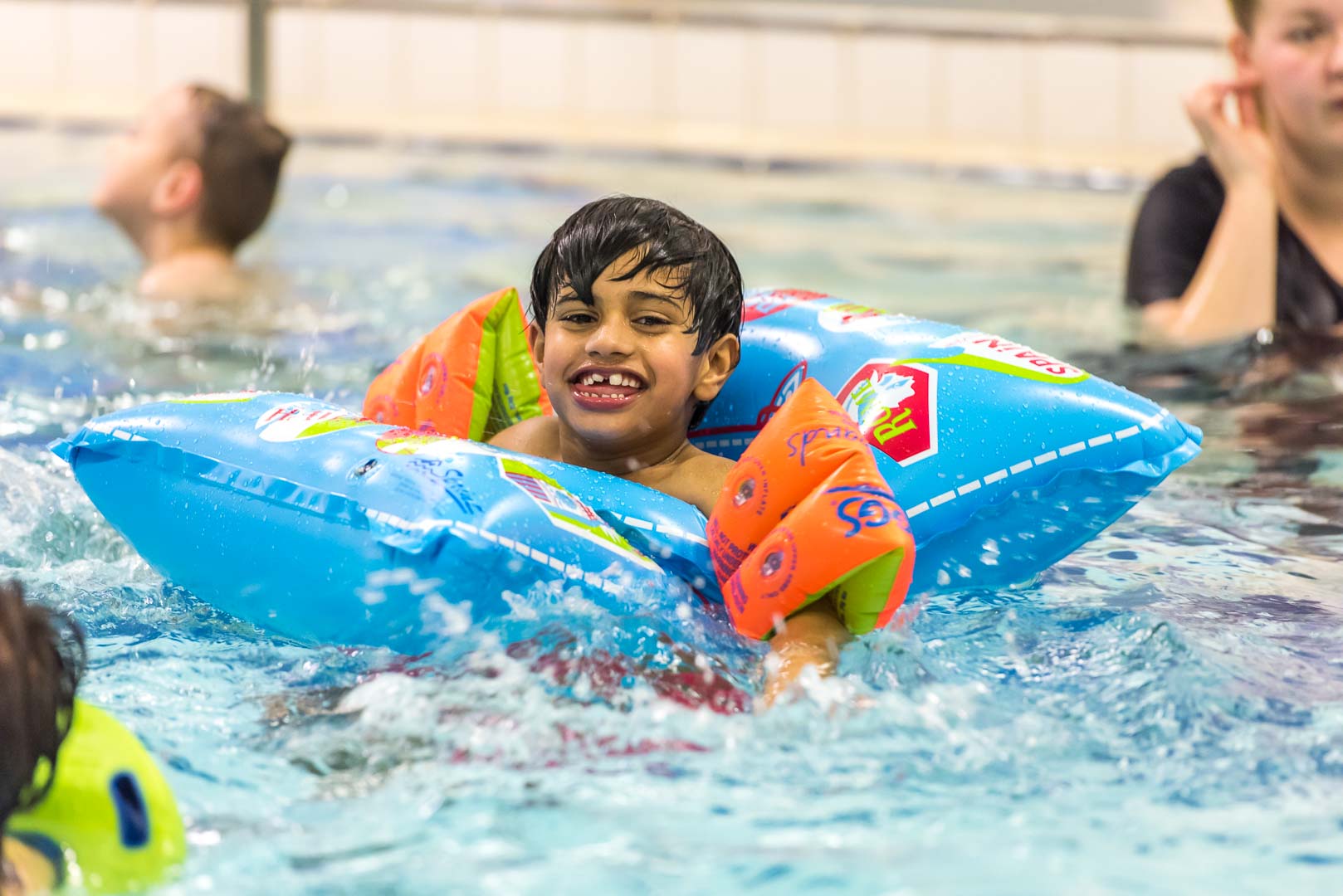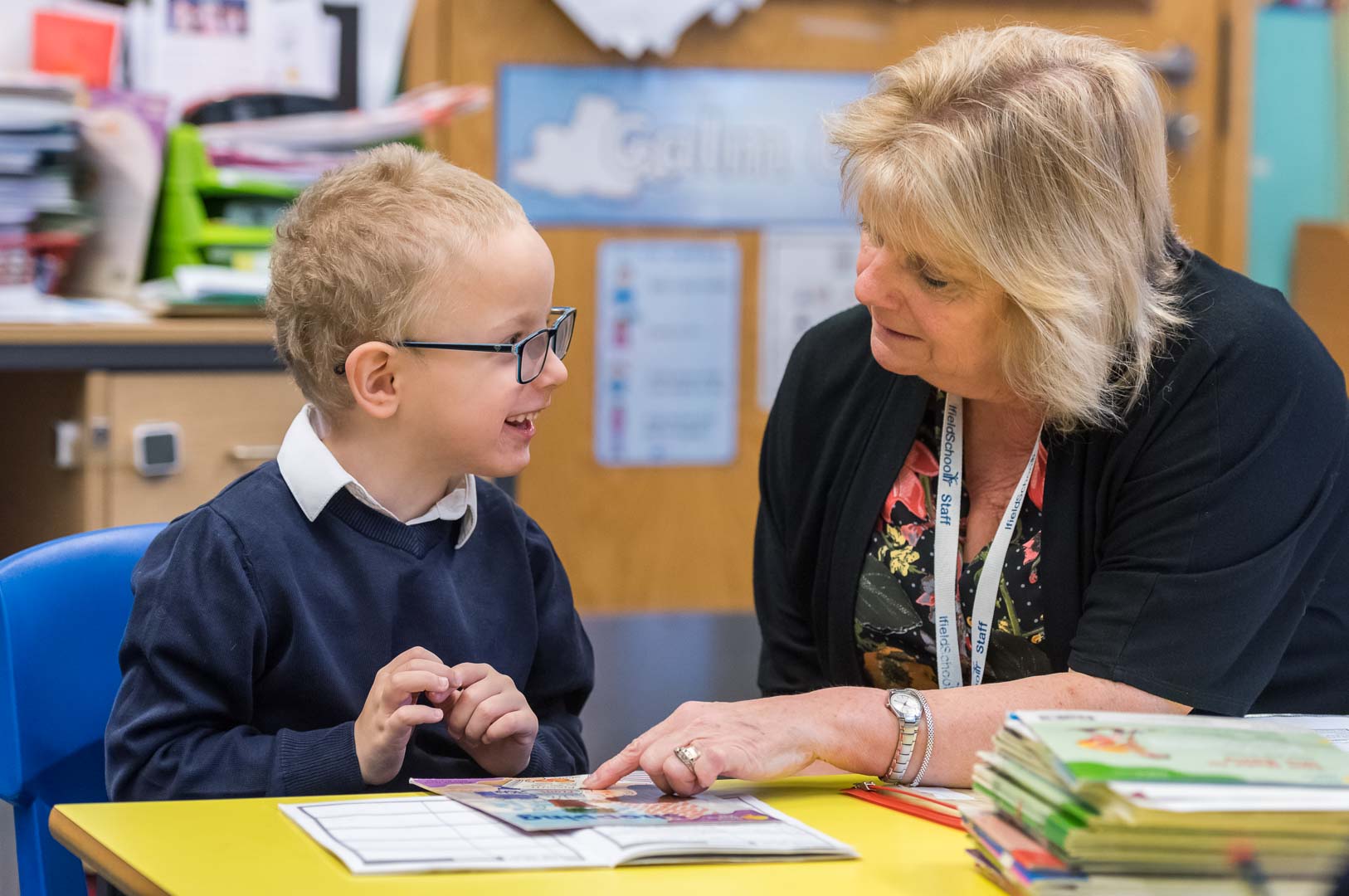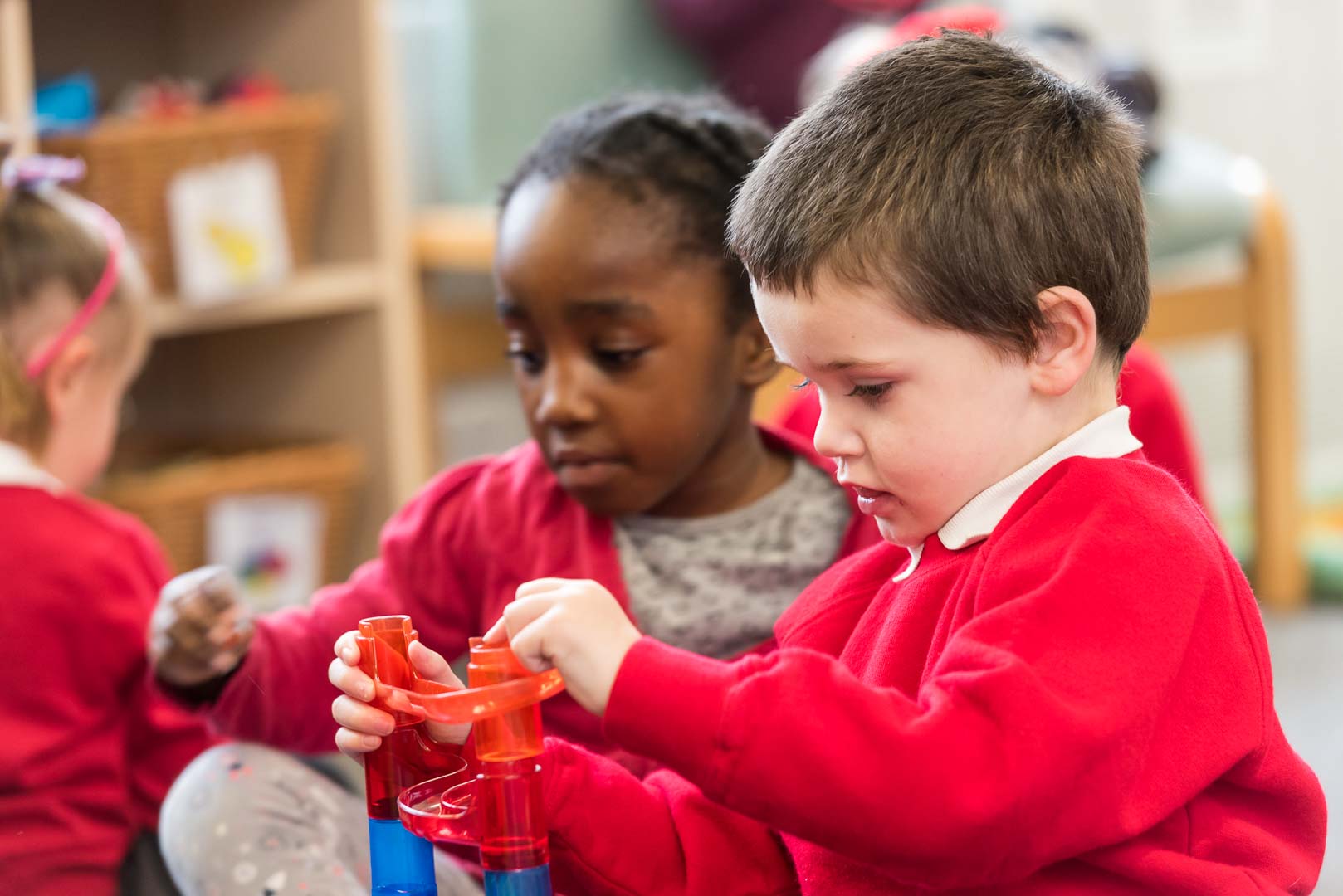Home Learning Tasks
Hazel, Maple, Oak and Cherry
Week beginning 18th May 2020
Below are some suggestions for home learning activities. Where possible the resources have been provided. We fully understand that you may not have all the resources at home to carry out every task.
Internet Safety
Please make sure your children are supervised when using the internet. The sources below have been checked internally at school. Please check them again before sharing with you children to ensure that your internet settings are blocking any undesirable content.
|
ENGLISH - READING |
|
We are learning to review a book (like or dislike and why/ why not?)
Recap the story of Jack and the Beanstalk. Did you like it or not – why? Ask your child if they can explain this to you with support.
This week we are going to look at the book ‘A Seed in Need’ https://www.youtube.com/watch?v=lxYazAokfDQ
First watch it and listen carefully to the story with your child through once. Then watch and listen to one page at a time- encourage your child to sound out any sounds or words that they know and the adult read the words that they are unsure of. Go through the whole book in this way. Don’t forget to let your child point to the pictures and words to help them know what is happening in the story as you go along.
Activities: Beginner - indicate if we liked or did not like the story using a smiley face, sad face or a straight face if unsure. Easy – Discuss if they liked or did not like the story and their favourite part- allowing your child to go backwards and forwards on screen as you would if it is a book. Harder - Explain why they liked or did not like the book and discuss if it is a good book for children to learn how to grow plants and why. Do they think adults and children would like to read this book? Do they think it’s a good idea to read books about real things and pretend things (non –fiction and fiction)
Challenge As a challenge you could write out the sentences from the book one sentence at a time then cut them up. See if your child can read them on their own and then try and rearrange them back into the original sentence with support from you or independently if they can.
Please also continue to share books from home with your child. Also encourage them to look at words on packaging and on TV to help them be aware of the different uses for writing. Read street signs together if you are able to go out together for your daily exercise walk.
Remember, Oxford Owl website eBooks to see which ORT level your child can access. They/you should know which level they usually read at school.
|
|
ENGLISH – SPEAKING AND LISTENING |
|
We are learning to follow and give instructions
This week’s task is a Speaking and Listening activity. If your child is not verbal don’t worry, there are ways we can expressively communicate instead of speaking out loud.
Activity If possible, plant a seed following the instructions saved in the English section of Home Learning. If you don’t have the things you need don’t worry, you could mine charades style, or improvise using other props such as a raisin for a seed, cereal for soil and a cup for a pot – warning, do not improvise if your child has difficulties using their imagination as this may be too abstract for them, you’d be better to stick to gesture.
After using the instructions to plant a seed, sequence the steps to become familiar with them. Now they are ready to give the instructions to either you or a sibling to follow without you seeing them. Remember, if a mistake is made in giving the instructions, do as you are told to encourage self-correction.
If your child is non-verbal, try encouraging them to use gestures or signs, point to or hand over the instructions for you in the correct order to follow.
|
|
PHONICS |
|
We are learning how to hear sounds in words
Please continue working on letter sounds at home and revisit the links below:
Phase 1 – listening to sounds in the environment. https://www.youtube.com/watch?v=Z2A6Ca_HZUQ
Phase 2 phonics – Letters and sounds games http://www.letters-and-sounds.com/phase-2-games.html
Phase 3 Phonics – Letters and sounds games http://www.letters-and-sounds.com/phase-3-games.html
Plant based stories read aloud on You Tube: https://www.youtube.com/watch?v=MHRDM5nb8Ks (Plant the Tiny Seed)
https://www.youtube.com/watch?v=k09T9HHzh5w (From Seed to Plant)
https://www.youtube.com/watch?v=ls6wTeT2cKA (The Tiny Seed)
https://www.youtube.com/watch?v=NFHSSq7cmy4 (Plants Can’t sit Still)
https://www.youtube.com/watch?v=zxl6Kiy7NPI (We Plant a Seed)
https://www.youtube.com/watch?v=Q9btpSKpAgw (From Seed to Plant)
Activity:
Beginner- using animal figurines or pictures of animals, practice making their sounds together. Play a game where you make the sound and your child gives you the animal they hear. Also try holding up different animals for your child to make the sound. Give a big smile, high five or hug if they are correct as a mini reward. If they are incorrect or don’t try to make the sound place the animal back down and try another. A sat pin poster and sorting activity are saved in the phonics section of this week’s home learning.
Medium- sat pin treasure hunt - s, a, t, p, i and n are the first sounds we should learn to recognise in our phonics programme. Write the first sounds down on a sheet of paper or tell them the sounds to write. Send them off on a treasure hunt around the house to bring you back something beginning with each of the sounds. If your child has good self-discipline you could put a yummy treat beside each of the letters which they can eat once they have something beginning with the sound.
Harder: as above but moving on to a group of sounds your child is less familiar with. Complete the ‘read the word and find the picture’ activity.
Challenge: draw your own aliens or print off the activity sheet provided. Give your aliens really long names containing sounds such as sh, th, ch, ph, ai, ng and if you can igh, ure, tch, eigh, and dge! Also complete the phase 4 ‘write the word’ activity.
|
|
HANDWRITING |
|
We are learning to form letters correctly
Keep encouraging your child to hold the pencil in a pincer grip, using a short ‘chubby’ pencil or marker is a good way to encourage this. Don’t forget that it’s much easier to use a marker than a pencil and easiest of all is a whiteboard and marker as not much pressure is required.
Don’t forget that mark-making can be encouraged in all sorts of exciting ways – fingers in shaving foam, brushes in trays of sand, chunky chalk on the driveway, large paintbrush and bucket of water outside on the concrete on a sunny day, paint pens on the window… get creative!
We are focusing on horizontal and vertical mark making for some, all lower case letters a-z and numbers 1-20. Some new handwriting activities have been added to the Home Learning. Please encourage your child to complete the sheets. (See Term 5 week 5 handwriting folder)
Activities
Beginner – mark making horizontal and vertical lines, start big and decrease size once ready. Easier- practice writing all letters a-z. Remember to make sure your hand is resting on the table when writing the letters. Harder – practice writing all letters a-z and numbers 1-20- make sure you are starting in the right place. Remember to make sure your hand is resting on the table when writing the letters too. Challenge- cursive writing introduction.
|
|
MATHS |
|
We are learning to recognise or show interest in big numbers
This week we have a theme song for maths, it’s called the Big Numbers Song. https://www.youtube.com/watch?v=e0dJWfQHF8Y
Be warned, it starts easy but wait for it… this catchy song will count you through all the way to 100, then keep adding zeros until it reaches one trillion! See the number flashcards in this week’s Maths home learning to refer to during the song and for use in follow up activities.
Beginner – listen to and watch the big numbers song.
Easy- listen to and watch the big numbers song, counting as high as you can. Do this everyday to count further and further. Don’t forget to practice counting on your own without watching the song but it’s ok to sing it as it will be stuck in your head now anyway. Songs are a great way to learn! Use the flash cards of 1, 10 and 100 to hand over upon hearing the number.
Medium- as above with the song, but complete the 10 more and 10 less activities along with the 100 more and 100 less. Use the number flashcards to a thousand, matching the words to the numerals if you can. Write numbers in a hundred square working left to right. How high can you go?
Harder- as above but take it to the next level and go to 1000, we dare you! Fill in a blank hundred square, can you write numbers all the way to a hundred? When you are finished close your eyes and point to a number. Open your eyes and say the number as fast as you can.
Mega Challenge- (these are also for adults by the way) Fill in 10 number squares to write numbers all the way from 1-1000 How long did it take you? Don’t forget to rest your hand and take a few days if you want, no hurry! Use the challenge flashcards covering all the big numbers in the song, matching the numbers to the words. Congratulations for being a genius by the way.
|
|
SCIENCE |
|
We are learning to name, observe and describe a variety of mini-beasts.
Today we are going to look at different mini-beasts. Share some images of common mini-beasts that we might find in the garden. Which ones do we know the name of? Which one gives us honey?
Activity
Beginners Complete the activity matching symbols to photos of mini-beasts. There is an accompanying PowerPoint to go through together first to become familiar with some of the most common garden mini-beasts.
Challenge Share some time with your child looking at video clips of different mini-beasts. How are they the same and how are they different?
https://www.bbc.co.uk/bitesize/clips/z44g9j6 https://www.youtube.com/watch?v=516_G7eJegw
There is also a worksheet about mini-beast habitats that you could look at and complete together.
|
|
PHSE |
|
As playing games with others it essential for a child’s well-being and communication and interaction, please continue with last weeks target. Can you see any improvements from last week?
We are learning to share and take turns
This week we would like you to continue to help develop your child’s ability to wait, and allow others to have a turn of doing something they want to do themselves without interfering. These skills can be very hard for some children so please give them lots of praise for good waiting. If your child is at an early level of communication, please use their names followed ‘turn’ to help them understand expectations for example, ‘Harry’s turn’, ‘Mum’s turn’.
Activity Beginner- my turn, your turn with one adult for a simple activity such as holding a sensory toy, popping bubbles, choosing a small piece of fruit off a plate to eat during afternoon tea. Easy- as above but with three or more people, including a sibling. Gradually begin to extend how long they need to wait. Medium – take turns during a simple board game using dice. If you’d like to make your own there are some templates saved in last week’s PHSE folder Harder – as above, with one of the more complicated games. Also, introduce using a timer at home as encourage your child to watch the timer and not ask for what they want until the timer is done.
|
|
FOOD TECH |
|
We are learning to follow, then sequence a recipe
Below is a delicious, cute and fun recipe with only a few natural ingredients. Some of them come from plants and some of them are made by animals or insects who use the plants as their own ingredients to produce a product. Does your child know which ingredients are grown on plants?
No-Bake Honey Bee Cookies Recipe:
Activity Using the recipe sheet in the home learning folder, follow the steps in order. After you have finished the recipe and tasted one or two, cut out the instructions (removing the numbers) and muddle them up. Ask your child to put them back in order. If you are able, it would be fun to take pictures and print them off to sequence instead. Photos are a great starting point to encourage a conversation about past events.
Challenge The following day, lay out all the ingredients needed to make the honey bees. You are the kitchen hand and your child is the head chef. Follow their instructions and see how they turn out. If your child is non-verbal, they may hand over or point to the instructions in the right order for you or a sibling to follow.
|
|
ART |
|
We are learning to use a range of materials and respond to a topic.
This week linked to our topic ‘Scented Garden’, collect plant-based materials from around the house or garden (grass, twigs, weeds, leaves, flowers). You are going to create an art work. Encourage your child to talk to you and explain why they put each material where. Display the works and hold an exhibition in your house. (encourage other members of the house to join in too)
Activity Adults to support by drawing a template with lines to place double sided tape on e.g. a triangle within a square, diagonal lines, zig-zag line (see pattern templates in Art folder.) Children select the materials they would like to use and decide where to place them on the tape.
Challenge Try making numbers and letters using objects from nature. (See examples of numbers in Art folder)
|
|
LIFE SKILLS |
|
We are learning how to brush our teeth correctly
Many of us do not brush our teeth correctly, and children can find it very difficult for a range of reasons. Please help your child be as independent as they are able and do make sure that their teeth are brushed properly twice a day for at least two minutes. It is helpful to use a sand timer, egg timer or set a visible countdown on your phone to encourage perseverance. Adults, you should try this too!
Activities Go through the PowerPoint in the Life Skills section of home learning to learn which foods are good and bad for your teeth. Be sure to have your toothbrush ready as brushing your teeth is part of this activity.
For further practice and improvement, print off and display the steps of tooth brushing (available in the Life Skills folder) beside the sink. Even if your child needs a lot of help it is still beneficial to refer them to the steps visually. For beginners, use the version with the larger photos and simplified instructions. Refer your child to the steps of toothbrushing, encouraging them to do each one in order. Please demonstrate yourself and improve your own technique if necessary. Don’t forget to give a lot of praise and encouragement, and introduce a reward system or chart if it is helpful.
|
|
RE |
|
We are recapping our learning about all the different places of worship
This week we are looking at all the different places of worship we have studied this term- remind the children about the different religions we have looked at so far Christianity, Islam, Buddhism and Judaism. (See different religions Powerpoint in RE folder)
We are going to recap the places of worship we learnt about during the term: church, mosque, temple and synagogue. Can we remember which religion uses which place of worship? What can we remember each of these buildings? (Use previous lesson resources as visual references.) Discuss with the adults in your home about your previous learning – this can be by pointing and signing too.
Activity Children to complete the places of worship sorting activity. Children to cut the correct place out and stick it into the correct column – with support if needed. (See different places of worship activity sheet in RE folder)
Challenge Children to look at the pictures of symbols connected to different religions and place them into the right column.
|
|
PE |
|
We are keeping physically active during lockdown and exercising once a day
Both Large Motor Skills idea cards and Fine Motor skills idea cards for indoors resources are available to use, also check out the links below.
https://www.youtube.com/watch?v=r2tBH_XyeJc finger exercises YouTube video to copy.
Past week’s Cosmic Yoga adventure were Betsy the Banana and Arnold the Ant! This week it is Squish the fish.
https://www.youtube.com/watch?v=LhYtcadR9nw
If your child is finding the yoga too easy or appreciates things targeting at a higher age group, we dare them to try the Kids Ninja Balance Workout challenge! Come on mums and dads and carers, you need to get involved too! https://www.youtube.com/watch?v=-VNqE8tV2GE
Also remember that Joe Wicks is still running his live daily online workouts at 9am https://www.youtube.com/channel/UCAxW1XT0iEJo0TYlRfn6rYQ
|
|
SENSORY |
|
We are learning to use a sensory circuit at home
Sensory circuits are designed to both stimulate and regulate the senses. Why not get creative and set up a sensory circuit around your home or garden?
A sensory circuit should take about 15 minutes to complete, but if your child is enjoying themselves and wanting it to last longer that’s fine. However, do your best to encourage them to do all the activities in sequence and not miss anything out. Timers or a countdown can be used to encourage moving between activities.
Sensory circuits contain 3 phases which should always be completed in the correct order. You can choose one or several for each phase from the ideas below or think of your own.
Phase 1 - Alert Physical activities that involve singular, repeated body movements; side to side, back and fourth or up and down. Rocking from side to side or on a rocking horse, swinging, bouncing while seated on a gym ball, jumping on the sofa (if allowed), star jumps.
Phase 2 - Organise Activities which require the brain to do two things at once. Balancing on a beam or walking along a line, crawling trough a tube/tunnel/sleeping bag, weaving in and out of cones/cans of food placed in a line, jumping or stepping over hurdles/objects, obstacle course, jumping onto items of clothing laid on the carpet, backwards press ups leaning on a sturdy dining chair.
Phase 3 – Calm Activities to relax the senses and calm down, such as receiving deep pressure, massage or mindfulness. Lying beneath a weighted blanket (or folded heavy duvet/several blankets), sandwich squeeze between two foam squabs from the sofa, presses of pressure down on top of the head (best for child to press on own head (see video) or shoulders/legs, foot squeezes, reading a book, colouring in, deep breathing.
Here are a few video links for inspiration:
https://www.youtube.com/watch?v=4EpBSD3dJnM https://www.youtube.com/watch?v=wAZVaKDkxIA
|
Useful Websites (May 2020)
Currently Busy Things are charging £1.00 per month for subscription during the school closures. This website has learning activities and games for the age range 3-10 and can be found here: https://www.busythings.co.uk/
Oxford Owls has a range of ebooks that are levelled to read some of which have activities linked to them for comprehension.
Phonics Play is free to use at the moment and has a range of games. To access for free, use the following details. User name: march20 Password: home
Remember that Twinkl has a range of printable resources and PowerPoint teaching aids to access free at the moment and ICT games.com is great for literacy and maths based activities/games.

